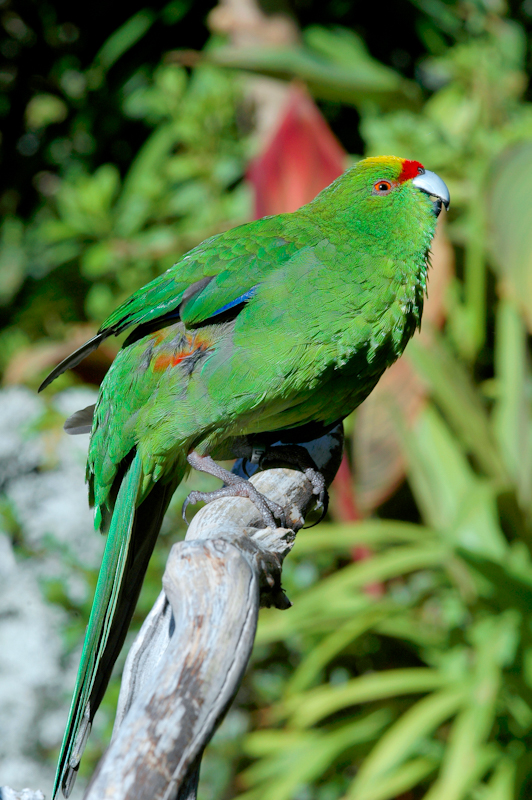JavaScript seems to be disabled in your browser. For the best experience on our site, be sure to turn on Javascript in your browser.
A quick guide to kakariki care
If you are in search of a tiny pet that doesn't make much noise, Kakariki is the best choice. The kakarikis name means small parrot and that originated from the Maori language: kaka (meaning parrot) and Riki (meaning small). These are found in two colors, Red and Yellow.
The red one has a complete red crown whereas the yellow one has a mix of yellow and red. They also have a red and yellow pattern on them that makes it easy to recognize them amongst other birds. Kakarikis are comparatively easy to breed as compared to other species of parrots. Due to their friendly, intelligent, and entertaining personality, it is fun to have them as a pet. Also, teaching them how to talk will be a great source of entertainment for you.
An adult kakariki parrot has a width between 25-28 cm and their weight is near 65 grams. Their average wing gap is 5 inches. They are surely one of the sweetest looking pet parrots with their tiny heads and beaks at the top of baggy bodies. Kakarikis are smart and quick at learning words and mimicing a lot of sounds even your favorite songs. They are also equally lovable the way they look and like to curl up to their owners.
Kakariki’s should be kept in a secure cage and cages must be safe with no harmful materials. They are known to escape, hence the more secure the cage the better. Be sure to make arrangements for water in their cage, as they are very fond of bathing. Kakarikis are very sparky and vibrant birds. Due to their supple nature, they should never be kept in a small cage.
With such bubbly nature, they’ll need a lot of attention to keep them entertained. Also, make sure you have a range of toys to make them play with, when they are all alone. They mostly like toys made up of paper or acrylic. By using simple materials, you can make Kakariki toys easily at home or buy from us at Scarlett Parrot Essentials. Kakariki parrots create an affectionate relationship with their owner; so it is important to make them get together with more than one member to stop them from being aggressive.
The following are the types of toys you can get for your Kakariki pet.
- Foraging Toys
- Wood and Rope Toys
- Coconut and Cactus Toys
- Willow and Palm Toys
- Acrylic and Metal Toys
- Cardboard and Paper Toys
- Foot Toys
- Swings and Climbing Toys
- Bells and Musical Toys
- Activity and Trick Toys
A good quality pellet, seeds, leaves and flowers will be a great source of your bird's natural diet. Ensure to get pellet’s that have sunflower and safflower in it. Like the majority of parrots, they can also eat a variety of safe fruits and vegetables like strawberries, apples, carrot, and broccoli.
You can include outside foods like dandelion leaves, and seeding grass, etc to its diet. If you are lucky to have a garden full of plants you may choose fresh vegetables for your Kakariki. Listed below are the types of foods, you can feed your Kakariki:-
- Pelleted and Complete Food
- Soaking Seed / Sprouting Seed
- Vegetables
- Seeds
- Fruits
Kakariki is of very low maintenance pet regarding health. Unlawful breeding can result in birth defects e.g blindness, or kidney problems. But as long as you adopt it from an honorable breeder you can avoid these problems. A sign which helps you find whether your bird is sick or not includes changes in its behavior such as loss of appetite or lack of energy, so be sure you take your bird for a checkup if you experieince any of such symptoms in your Kakariki.











